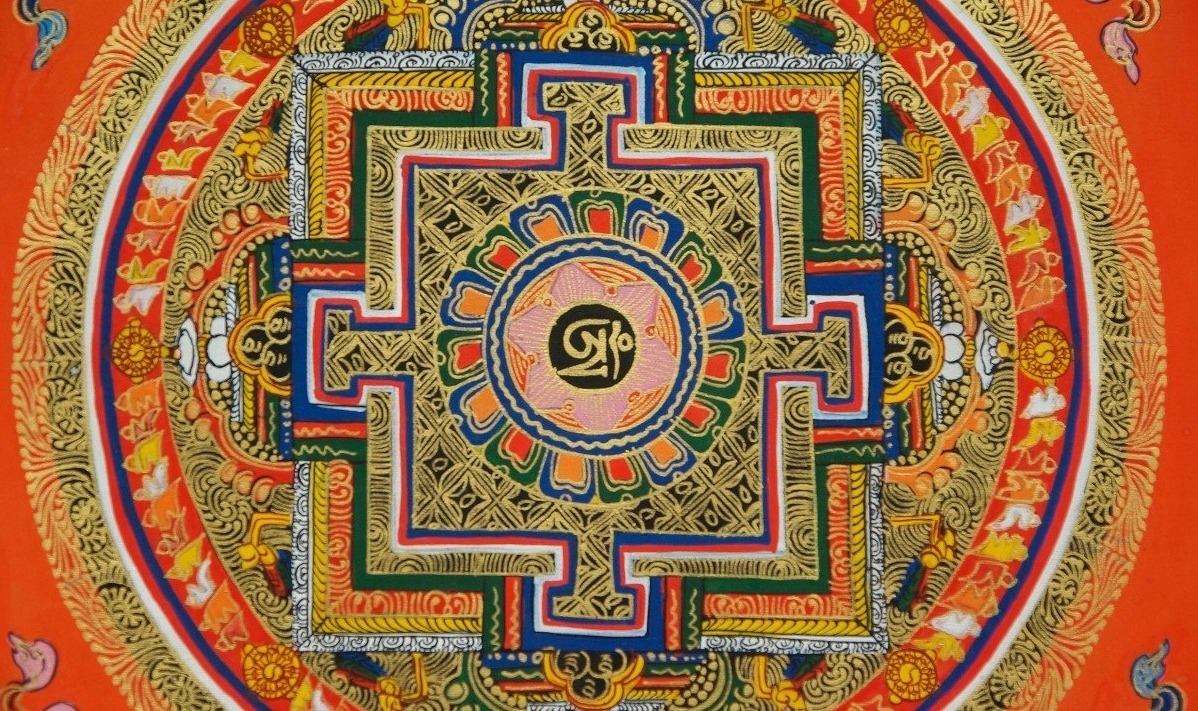
People commonly report a distinct cultural theme to the visual aspect of their psychedelic experience. Based on the patterns and images seen (either with eyes open or closed), people may compare them to the art and style of many ancient cultures: Egyptian, Aztec, Indian, Native American, African and Islamic. Particular ancient cultural motifs may also characterise particular drugs – for magic mushrooms, it is the Mayan/Aztec culture and for mescaline, it is the Native American culture. That said, such patterns can occur with other psychedelics as well, such as LSD and many others.

But are people bringing their memory of ancient cultural styles to the experience and therefore unconsciously imposing them on the trip? Or are they accessing a particular quality of the visuals produced by the compound? This is difficult to know. But it seems likely that, in many instances, the drug affects the user in a specific way to produce those specific motifs.
It has been well established that particular ancient cultures have used a particular plant for spiritual/religious purposes. We know that ‘mushroom cults’ and mushroom worship date back to the Maya civilisation while peyote use has been central to the Native American culture for thousands of years. To see the particular quality of these plants’ visual effects, you only need to look at the patterns and styles found throughout their art.
People may, of course, interpret the images and patterns they see on psychedelics as being “Aztec-like” because they know what Aztec art looks like. Then again, other people may not be familiar with art from these ancient cultures but may make the connection once they come across it. Casual mushroom and mescaline users today may be seeing the same sort of images that contributed to the birth of a culture.
With DMT, it seems that motifs from most ancient cultures can be recognised. One of the most interesting motifs belongs to the culture of ancient India, especially in relation to its ancient spiritual traditions, Hinduism and Buddhism. For example, the sacred image of the mandala or other mandalic-like images can be seen. In Hinduism, a yantra is a geometric shape that is used in meditative rituals. A prime example is the Sri Yantra. Yantra means “instrument” or “machine”, and as such, it is an instrument used to focus the mind on spiritual concepts. The yantra is thought to call the deity into presence.
According to Khanna Madhu in Tantric: The Tantric Symbol of Cosmic Unity (1979), “Yantras function as revelatory symbols of cosmic truths and as instructional charts of the spiritual aspect of human experience.” Although the yantra is usually depicted in two dimensions, it is often conceived of as being multi-dimensional.

The best representations of the mandala can be found in Tibetan Buddhist thangka paintings. In the Tibetan branch of Vajrayana Buddhism, intricate mandalas are created through delicate and focused sandpainting. This art is an important component of the spiritual practices of these Tibetan monks. These sandpaintings and other mandalic images are rich in bright colours and are very psychedelic looking. Mandalic sandpaintings are also created by Navajo Indians. Like with yantras, the mandala is used as an aid to meditation in Tibetan Buddhism. The mandala represents wholeness, as well as the universe itself. In the philosophy of sacred geometry, the circle at the centre of the mandala represents the unified, constantly flowing nature of the universe, while the square which surrounds the circle represents order and the earth. The mandala represents the universe (on a microcosmic level) and our relation to it.
The term mandala, which is Sanskrit, translates to “circle”. It does not necessarily have to conform to the typical Buddhist image of a circle surrounded by a square with protrusions on each edge in the shape of a T (the protrusions drawn as gates or entrances). Saint Hildegard of Bingen, a 12th century Christian mystic, claimed to have many religious visions and produced mandalic images herself.
The important question is: why do Tantric mystics, Tibetan Buddhists, Navajo Indians and Christian mystics like Hildegard of Bingen depict these mandalas? Why do they attach so much meaning and spiritual significance to them? And why can they be seen during psychedelic experiences, especially with DMT and with high doses of other compounds?
The famous Swiss psychoanalyst, Carl Jung, found that when trying to explore the unconscious mind through his drawings, as well of those of his patients, the motif of the circle kept spontaneously appearing. Because of his knowledge of Indian philosophy, he made the following remark in his autobiography, Memories, Dreams, Reflections:
I sketched every morning in a notebook a small circular drawing,…which seemed to correspond to my inner situation at the time….Only gradually did I discover what the mandala really is:…the Self, the wholeness of the personality, which if all goes well is harmonious.
Thus, from a Jungian point of view, the urge to express the mandala, as well as the ability to visualise them during psychedelic experiences, reflects a psychological need that everyone strives for, namely wholeness, integration and order. The fact that Buddhist mandalas and drug-induced mandalas look similar does not seem to be coincidental. Perhaps it is through intense periods of meditation that Tibetan monks are able to sink so deep into the unconscious mind that they feel compelled to paint and draw mandalas. Whether they are able to actually able to visualise an image of the mandala while meditating, I do not know. Moreover, even if this Jungian interpretation is correct, it is still a mystery why the mandala shape, or the circle, is so deeply meaningful and persistent.
The DMT experience can encapsulate motifs from pretty much all of the world’s ancient cultures. Some of the motifs that are reported include Egyptian hieroglyphics, pyramids, Egyptian deities, Sanskrit, Arabic or Hebrew-type letters, religious temples, the Buddha, Hindu goddesses, Persian or paisley patterns, African motifs, and so forth and so on. One motif of the DMT experience which isn’t so ancient, but which Terence McKenna called the archetype of the DMT realm, is the circus. Many people report the DMT world as being like a circus or a carnival, full of fast-moving, colourful, bright and strange entertainments. The entities in the DMT world can take on the form of jesters, clowns or colourfully dressed trapeze artists – although obviously not so completely human-like. My guess is that these playful, cheerful, entertaining jester-like entities – who perform acrobatics and perform magic – are expressions of an archetype, perhaps the archetype of the ‘trickster’ found in Jung’s model of the collective unconscious. Why they manifest during the DMT experience I do not know, nor why they appear to be so inviting and welcoming.
Jesters have been around since ancient Egypt – they were used to entertain Egyptian pharaohs. Again, this desire to see a joker, magician or entertainer could reflect the deep-seated ‘trickster’ archetype that dwells within our collective unconscious. Humans have a hunger for entertainments which are bizarre, fast-paced, colourful and awe-inspiring. The DMT experience feeds this hunger so much that the user is left shocked and overwhelmed. The DMT experience, as well as other intense psychedelic experiences, are able to raise this unconscious desire to our conscious awareness. The fact that the DMT world can be compared to a circus, carnival, playground or nursery; and that humans strive to create these kinds of environments, along with others (such as theme parks), does not seem to be coincidental.
With regards to seeing Egyptian deities, Hindu goddesses and other kinds of culturally recognisable gods; these too can be seen as expressions of archetypes. The human need to create gods with supernatural powers seems to be very ancient. Egyptian gods are part human part animal to signify their separateness from us, as well as the unique power that they have. The many-armed, many-headed Hindu gods and goddesses are likewise given these extra limbs and features to symbolise the great power that they have. In Hinduism, these goddesses also offer many gifts (just as the entities do in the DMT world).
Part of human psychology includes the desire to have control, supervision, guidance and gifts in our lives. This is what gods and goddesses provide. The manifold ways in which deities are represented come from our imaginative and creative minds, which the effects of psychoactive plants can heighten. For many (myself included), this is a far more convincing and simpler explanation than the idea that each of these psychedelic plants has a ‘teacher spirit’ within them. Still, these ancient motifs are baffling. On a psychological level, why do we experience them? And on a physical level, how does our brain produce them?
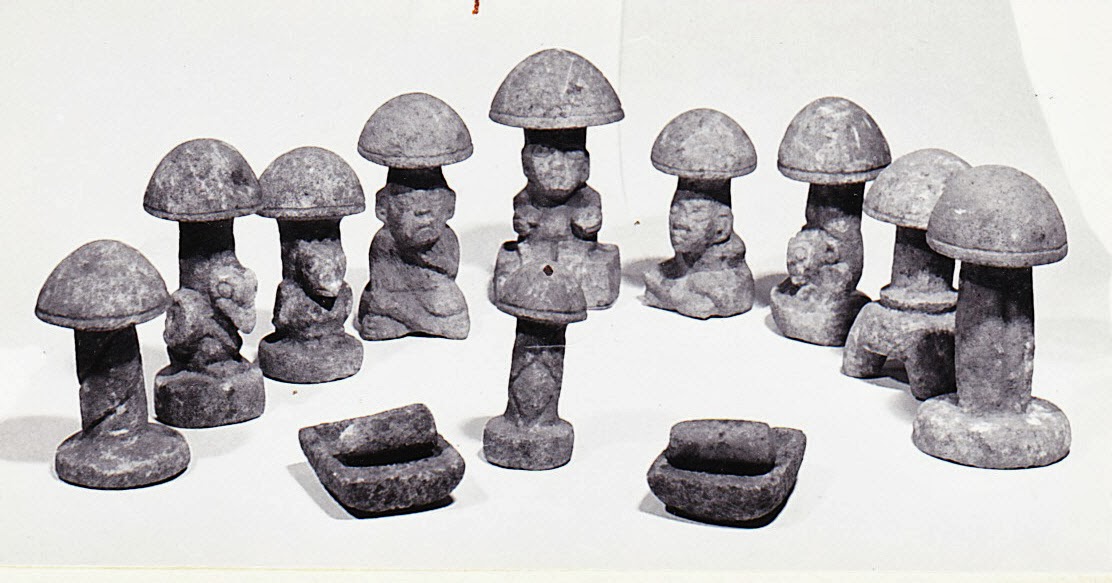
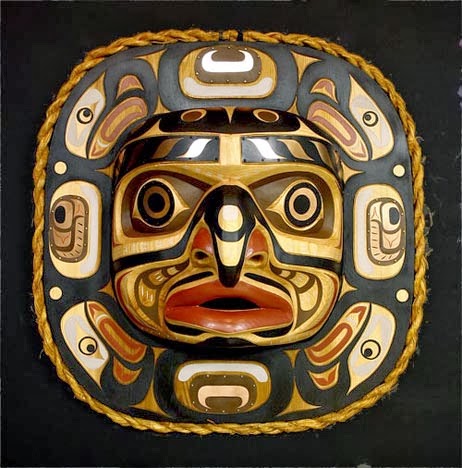
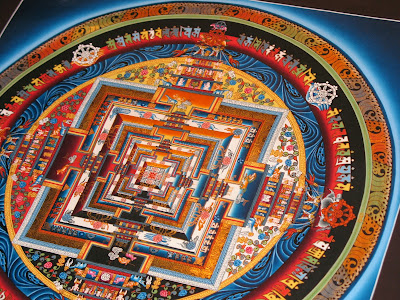
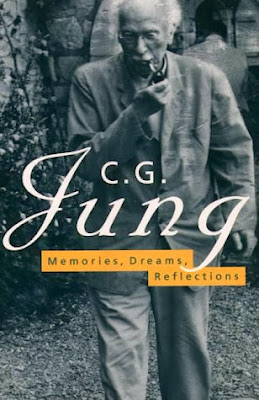
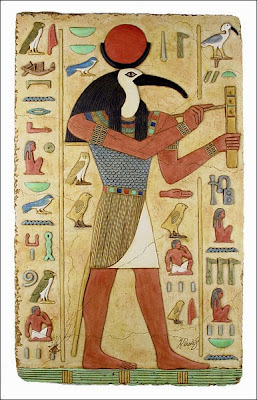
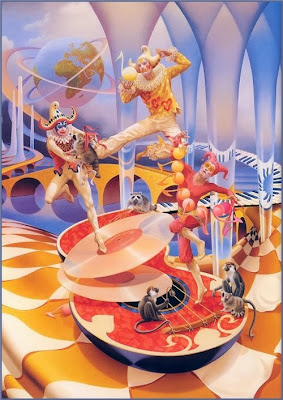


Very thoughtful. I like it.
Beautiful article. Drug use over drug abuse. Shanti.
As someone who is almost always encountering some kind of archetypal visions from different cultures every time I journey I found your article helpful in stimulating more questions. I have encountered many hindu goddesses, wizard type characters, guides, spirits and the playful/cheeky carnival DNT experience. I do think though that each plant carries a teacher spirit within them. The ayahuasca spirit for example for me is unquestionably a female energy, and I can feel her presence enter when I begin to drop into the field. As Terrence said these plants are a technology available to us, the rest of the world will catch up, just gonna take a lot of time. It took over 100 years for the paradigm shift of the earth revolving around the sun to be accepted by the mainstream.
Salute to your spirit.
If you haven’t figured out these are spirits you are at square one.
I’m thinking the author hasn’t taken psychadelics, i havent looked into their other writings though so i may be wrong. I would think that if there was some kind of other realm or a God that is somehow separate from us, there would be a way for them to reach everyone. I feel like people look to physics and space for answers (with complicated math which is not attainable for everyone to understand), thinking They’ll find more answers there, but perhaps the answers are in the plants that anyone can access. At least that’s a belief Ive been playing with lately.
I also do think that each plant carries a teacher spirit within them.
Author
Was there a reason you thought I hadn’t used psychedelics based on this article? I have experimented with them, by the way. I’m currently writing a longer essay on the concept of ‘plant teachers’, so keep an eye out for it!
I thought do too – it seem bizarre to me that you have experienced this and still think it’s your mind needing to create gods. When your “simplified” answer requires so many logical backflips, you’ve lost your path.
Everything you experienced was real.
More experience will allow you to put your ego aside and see truth.
I had my first dmt experience and it wasn’t even successful. My ego got ripped apart and it was the most painful and disorienting experience I had in my life. After being literally ripped apart and ceased to exists I got a glimpse of mandala like visions. At times I was able to understand if I was experiencing it with my eyes closed or open. It was like a matrix code suddenly became visible. I can’t recollect the order in a linear fashion but the culmination was an Aztec like figure. It was like all the mandala like code culminated in this huge Aztec like figure. The feeling of panic accompanied me In this experience and then I got comforted by a rotating wave of white hands like from a Hindu goddess. That was it for me the rest of the experience was to putting myself and my ego back to pieces. Catching on with my existence as an individual with an ego. Logic set in and so on. But what I’m getting at with that is why do I as an individual growing up in western culture experience South American and Hindi visions? Sure I’m familiar with them visually but the explanations I read don’t make sense logically. What I mean by that for example Poland (yes I’m polish) have a rich history of shamans and a accompanied mash room culture that is thousands years old as well. If these are my genetical roots why don’t I envision them? It drives me crazy it’s like we are in a simulation of a simulation how many layers are there. I hoped to find real answers to my existence and o just hit a wall and more questions. Curiosity and intelligence are a fucking curse. I don’t want it to be my only conclusion from this. It would make me feel even more lost that I and many of us daring to question our reality already are….
I was at this stage for a long time… But I think we are tapping into the same thing that inspired the cultures of mesoamerica and the ancient East. Being from Ireland, when I try the semilanceata (liberty cap) mushroom here, it is very different to the experience I have with cubensis, of course 1 would expect that, but its as if it is endowed with a spirit motif and with the experiences of previous users.
Hi, thank you for chiming in. I can live with the idea that different mushrooms are accompanied by different spirits and experiences. But in case of dmt we do not account for differences in location since it’s being produced by our bodies naturally. This is the big distinction for me. To be honest I’m glad I didn’t experience any circus or jesters … I mean you search for meaning, purpose and get that from the most potent psychedelic substance.There is nothing else there to try. This is the end of the road… isn’t that a galactic joke ?
DMT is 100% proof that there is a realm or dimension that we are unable to access after 100+ adventures the closest I can get to a theory is a glimpse into the portal that takes us back to the mechanism that transports us from one perceived existence to another and allows us to get a glimpse of what we know as gods,
On one experience I felt as though I was an atom or a piece of code/dna part of something infinite, another time I truly believed I was dead and that was terrifying, I also on multiple occasions have felt something very feline and seen entity’s that I would describe poorly as a cat god
Anybody who has real experience with DMT knows that there is no words that describe accurately the places you visit but it is certainly a real place whatever that means, shapes and colours that don’t exist in this world, ancient cultures experienced the same world and I think natural tryptamines likely played a vital role in early human development